More expensive than the 300SL sports car and almost double the price of the contemporary top-of-the-range Cadillac, the Mercedes-Benz 300S was one of the world's most exclusive automobiles. It is also historically significant as one of Mercedes-Benz's first all-new designs of the post-war era, debuting at the Frankfurt Auto Show in 1951. The 300's arrival re-established Mercedes-Benz in the front rank of prestige car manufacturers, marking as it did a return to the marque's tradition of building high-performance luxury automobiles of the finest quality. 'To the characteristics of high performance, impressive appearance and fine detail finish which distinguished the big Mercedes models of pre-war days are added new virtues of silence, flexibility and lightness of control, while the latest rear suspension, a product of long experience on Grand Prix cars and touring cars, confers a degree of security at high speeds on rough and slippery surfaces which it would be very difficult indeed to equal,' observed Autocar magazine. Although Mercedes-Benz would adopt unitary chassis/body construction for its lower and mid-priced cars as the 1950s progressed, the retention of a traditional separate frame for the 300 enabled a wide variety of coachbuilt body types to be offered. The 300's cross-braced, oval-tube chassis followed the lines of the 170S and 220, with independent suspension all round and four-wheel drum brakes, but incorporated the added refinements of hypoid bevel final drive, dynamically balanced wheels and remote electrical control of the rear suspension ride height. Initially developing 115bhp, the 3-litre, overhead-camshaft, six-cylinder engine - used in fuel-injected form in the 300SL sports car - was boosted in power for the succeeding 300b and 300c models, finally gaining fuel injection in the re-styled 300d of 1957. Other improvements along the way included larger brakes (with servo-assistance from 1954), optional power steering (on the 300d) and the adoption of three-speed automatic transmission as standard on the latter. Custom built by Mercedes-Benz's most experienced craftsmen, the Mercedes-Benz 300 was luxuriously appointed and trimmed with materials of the highest quality. Fast and elegant, it was one of very few contemporary vehicles capable of carrying six passengers in comfort at sustained high speeds. The 300 was the car of choice among West German government officials, and throughout Europe and the USA was widely favoured by businessmen, financiers and politicians. Indeed, 'Adenauer' became the 300's unofficial model name, after German Chancellor Konrad Adenauer, its most famous customer. The conservatively styled 300 saloon was soon joined by the 300S (Super), a model which succeeded in recapturing all the elegance of the pre-war 540K. Introduced at the Paris Salon in October 1951, the 300S was built in two-seater coupé, cabriolet and roadster forms on a shortened 300 saloon chassis. The roadster was the more sporty of the three, featuring a relatively simple hood that was almost totally concealed when folded down, while the cabriolet was more luxurious. Indeed with its lined hood erected the cabriolet was every bit as quiet and comfortable as the fixed-head coupé Not only was the two-seater 300S considerably lighter than the saloon, it was also more powerful, boasting an engine equipped with triple (as opposed to twin) Solex carburettors and a raised compression ratio. Maximum power output was increased to 150bhp and top speed to 176km/h. Unlike some of its spartanly furnished contemporaries, the 300S boasted a lavishly equipped interior featuring supple leather upholstery, beautiful burr walnut trim, chromium-plated dashboard instrumentation and precision-made switch gear. Elegantly styled in the pre-war manner yet technologically bang up to date, the 300S was built to the Stuttgart firm's uncompromising quality standards. Inevitably, production was limited, only 760 examples of the 300S/Sc (560/200) leavin
More expensive than the 300SL sports car and almost double the price of the contemporary top-of-the-range Cadillac, the Mercedes-Benz 300S was one of the world's most exclusive automobiles. It is also historically significant as one of Mercedes-Benz's first all-new designs of the post-war era, debuting at the Frankfurt Auto Show in 1951. The 300's arrival re-established Mercedes-Benz in the front rank of prestige car manufacturers, marking as it did a return to the marque's tradition of building high-performance luxury automobiles of the finest quality. 'To the characteristics of high performance, impressive appearance and fine detail finish which distinguished the big Mercedes models of pre-war days are added new virtues of silence, flexibility and lightness of control, while the latest rear suspension, a product of long experience on Grand Prix cars and touring cars, confers a degree of security at high speeds on rough and slippery surfaces which it would be very difficult indeed to equal,' observed Autocar magazine. Although Mercedes-Benz would adopt unitary chassis/body construction for its lower and mid-priced cars as the 1950s progressed, the retention of a traditional separate frame for the 300 enabled a wide variety of coachbuilt body types to be offered. The 300's cross-braced, oval-tube chassis followed the lines of the 170S and 220, with independent suspension all round and four-wheel drum brakes, but incorporated the added refinements of hypoid bevel final drive, dynamically balanced wheels and remote electrical control of the rear suspension ride height. Initially developing 115bhp, the 3-litre, overhead-camshaft, six-cylinder engine - used in fuel-injected form in the 300SL sports car - was boosted in power for the succeeding 300b and 300c models, finally gaining fuel injection in the re-styled 300d of 1957. Other improvements along the way included larger brakes (with servo-assistance from 1954), optional power steering (on the 300d) and the adoption of three-speed automatic transmission as standard on the latter. Custom built by Mercedes-Benz's most experienced craftsmen, the Mercedes-Benz 300 was luxuriously appointed and trimmed with materials of the highest quality. Fast and elegant, it was one of very few contemporary vehicles capable of carrying six passengers in comfort at sustained high speeds. The 300 was the car of choice among West German government officials, and throughout Europe and the USA was widely favoured by businessmen, financiers and politicians. Indeed, 'Adenauer' became the 300's unofficial model name, after German Chancellor Konrad Adenauer, its most famous customer. The conservatively styled 300 saloon was soon joined by the 300S (Super), a model which succeeded in recapturing all the elegance of the pre-war 540K. Introduced at the Paris Salon in October 1951, the 300S was built in two-seater coupé, cabriolet and roadster forms on a shortened 300 saloon chassis. The roadster was the more sporty of the three, featuring a relatively simple hood that was almost totally concealed when folded down, while the cabriolet was more luxurious. Indeed with its lined hood erected the cabriolet was every bit as quiet and comfortable as the fixed-head coupé Not only was the two-seater 300S considerably lighter than the saloon, it was also more powerful, boasting an engine equipped with triple (as opposed to twin) Solex carburettors and a raised compression ratio. Maximum power output was increased to 150bhp and top speed to 176km/h. Unlike some of its spartanly furnished contemporaries, the 300S boasted a lavishly equipped interior featuring supple leather upholstery, beautiful burr walnut trim, chromium-plated dashboard instrumentation and precision-made switch gear. Elegantly styled in the pre-war manner yet technologically bang up to date, the 300S was built to the Stuttgart firm's uncompromising quality standards. Inevitably, production was limited, only 760 examples of the 300S/Sc (560/200) leavin
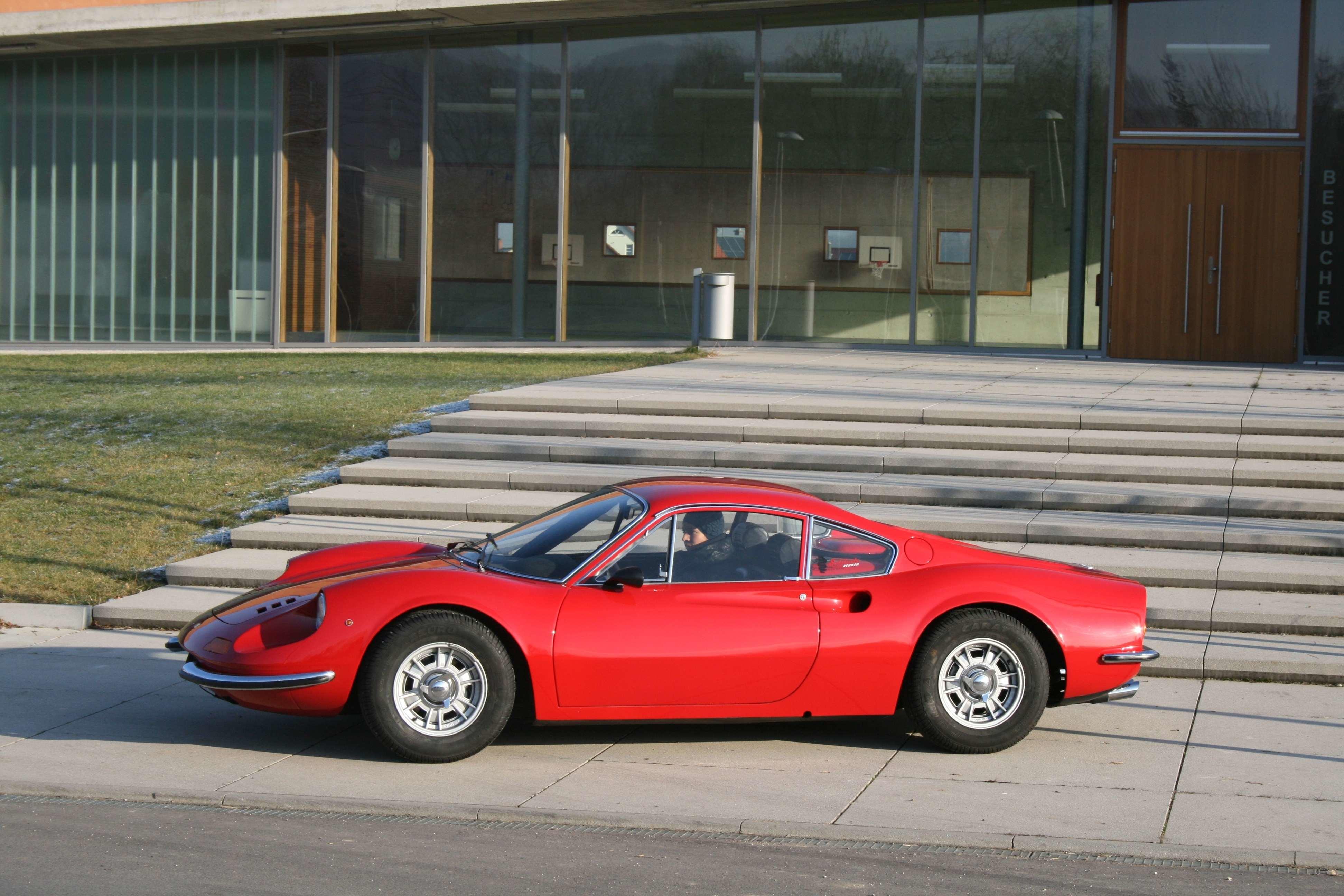








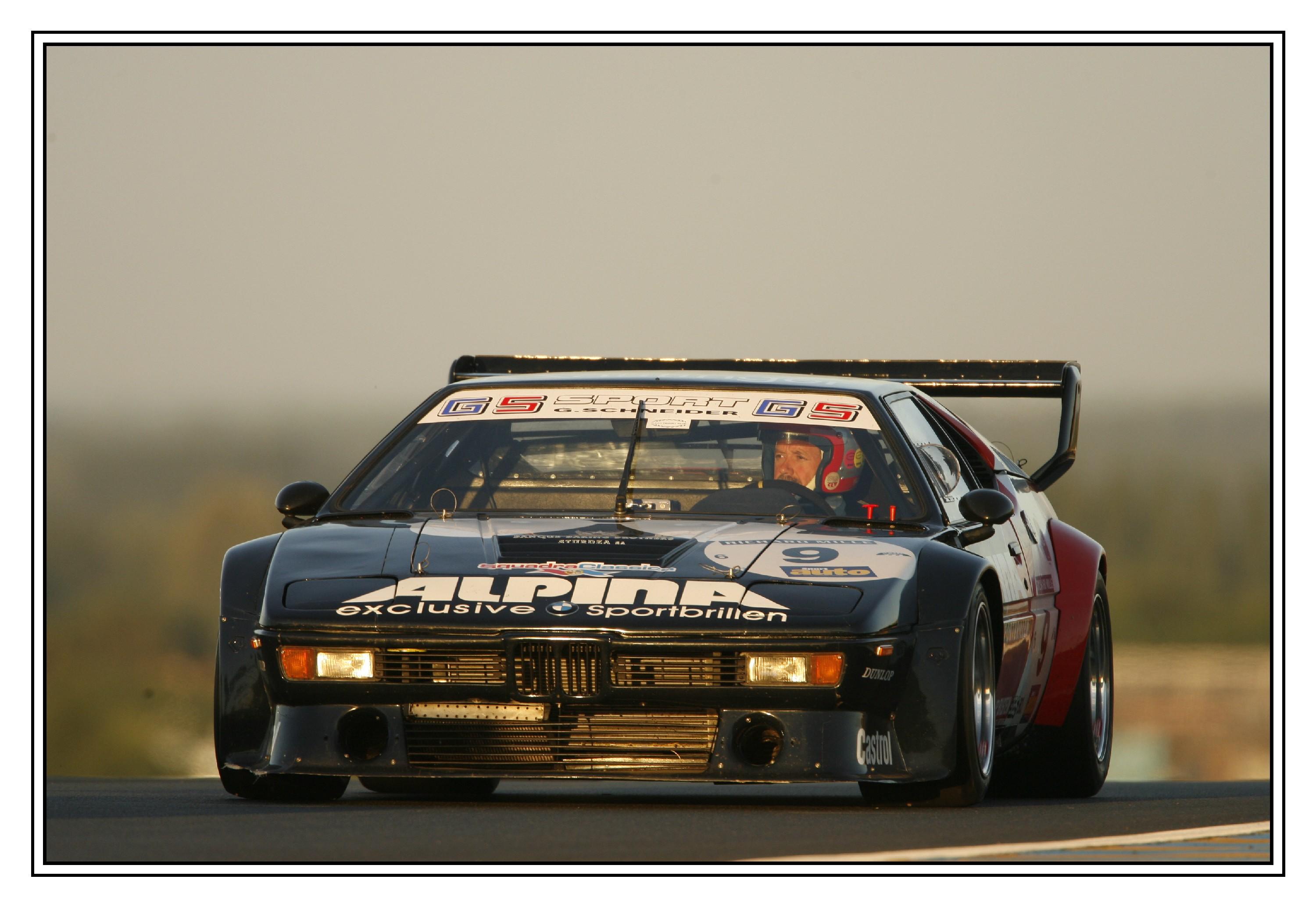
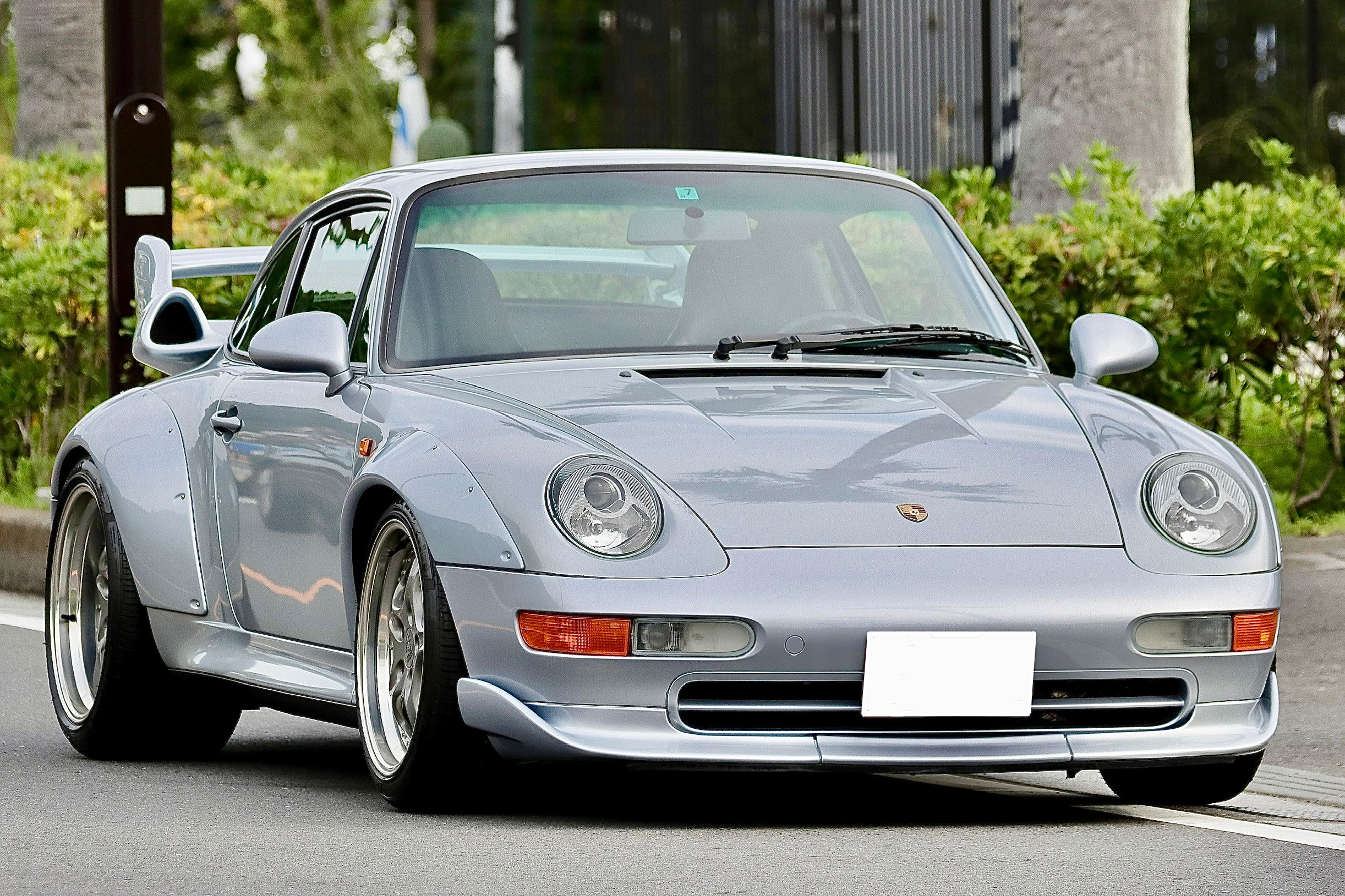

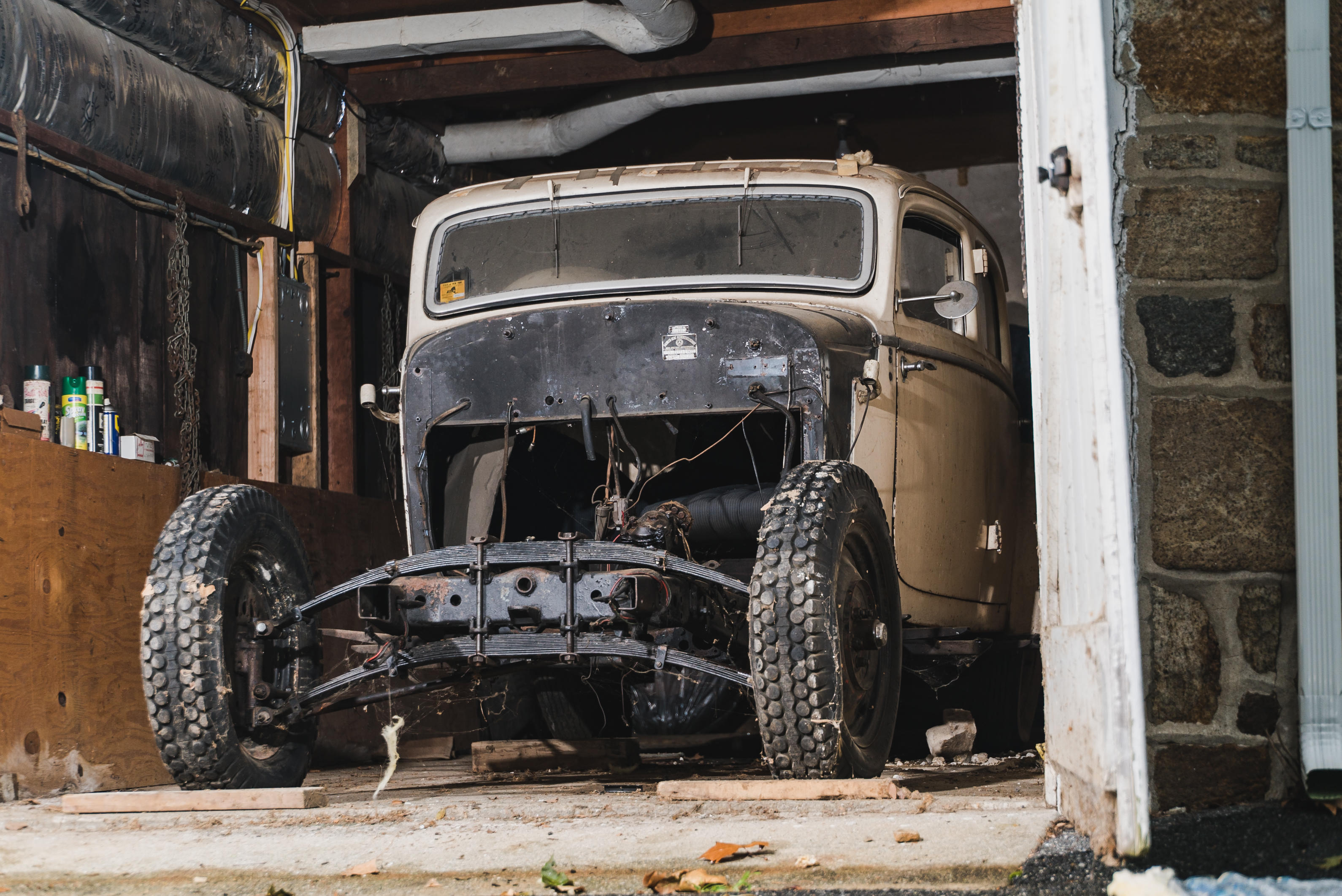
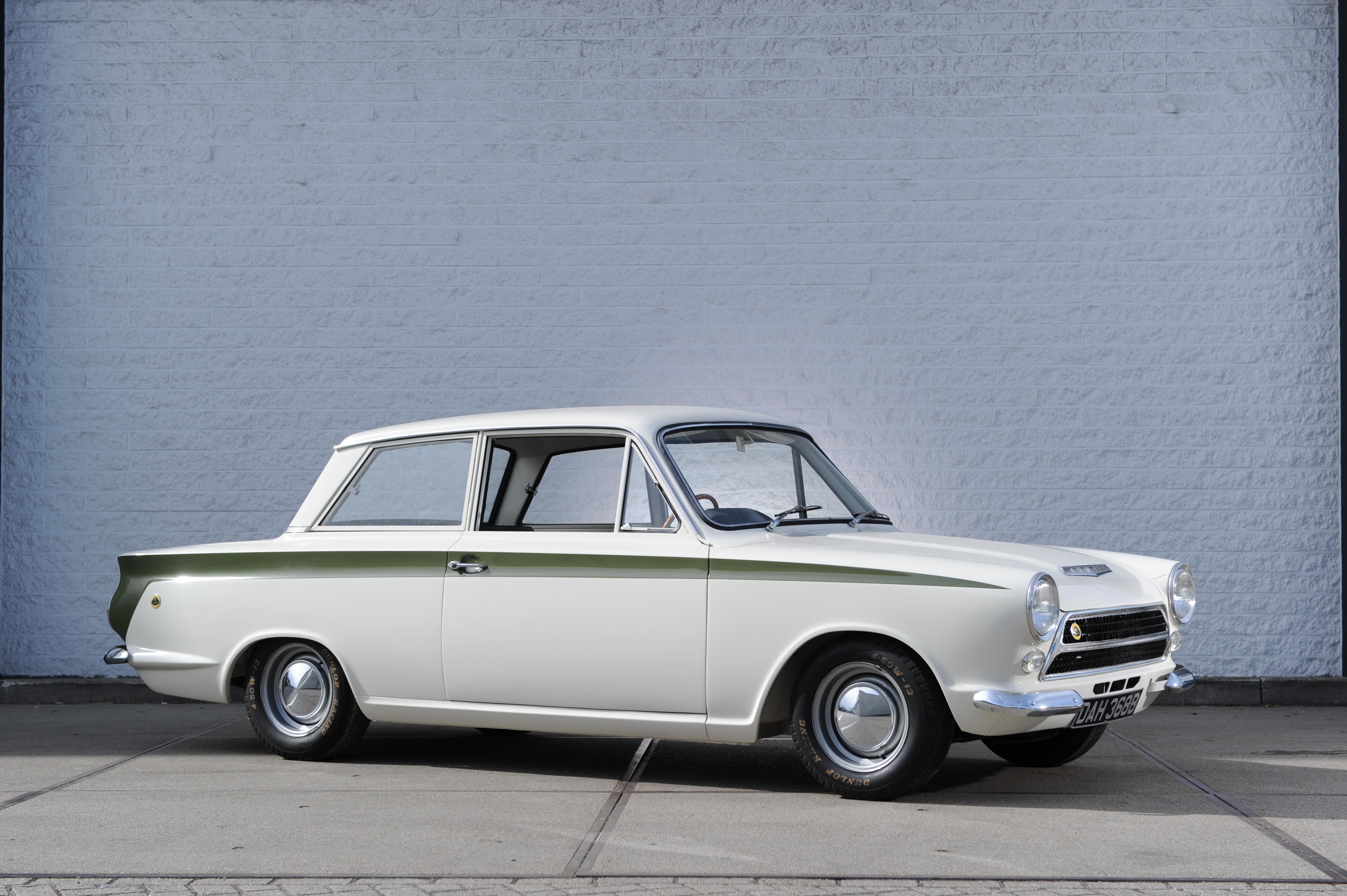

Try LotSearch and its premium features for 7 days - without any costs!
Be notified automatically about new items in upcoming auctions.
Create an alert